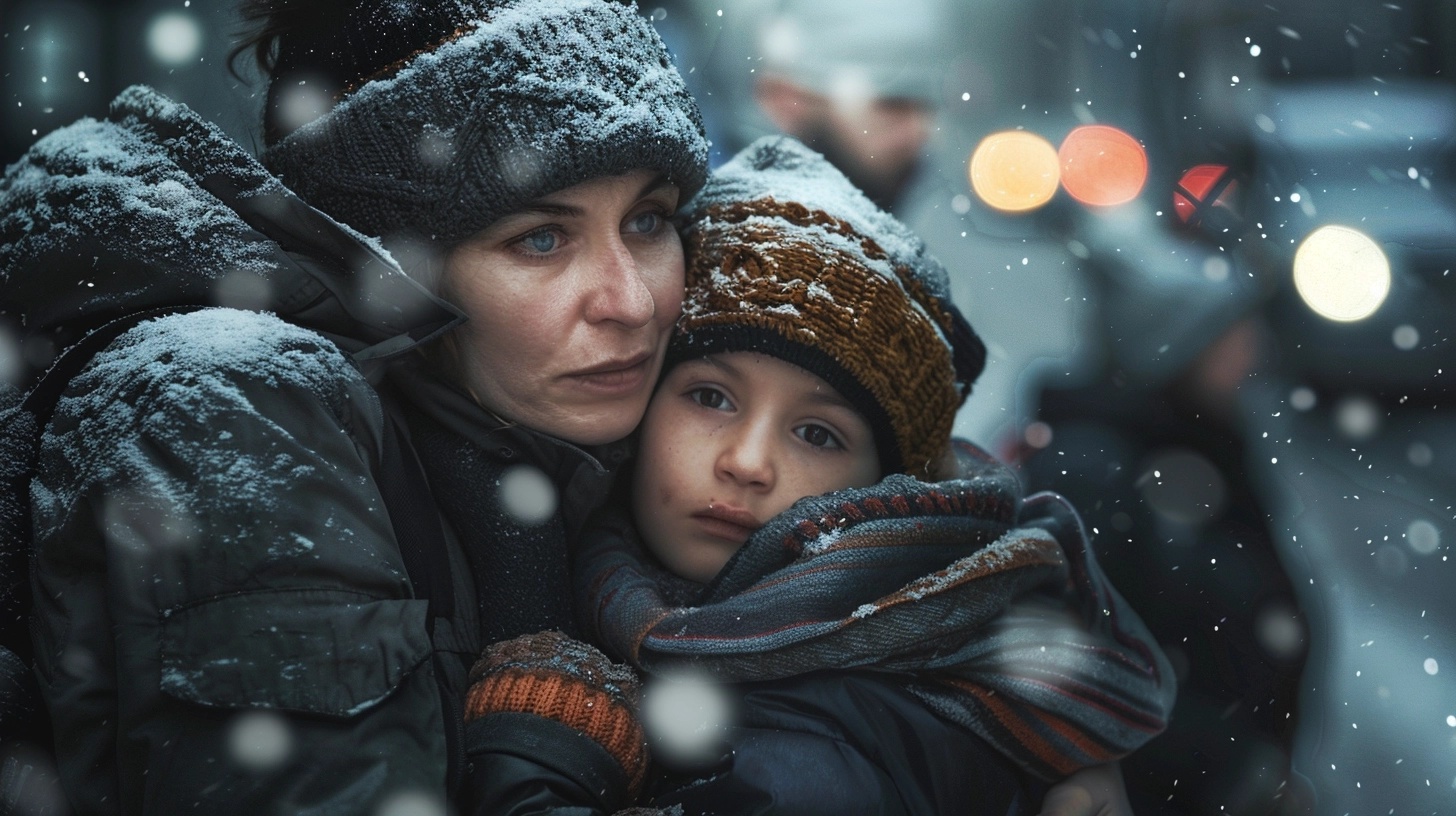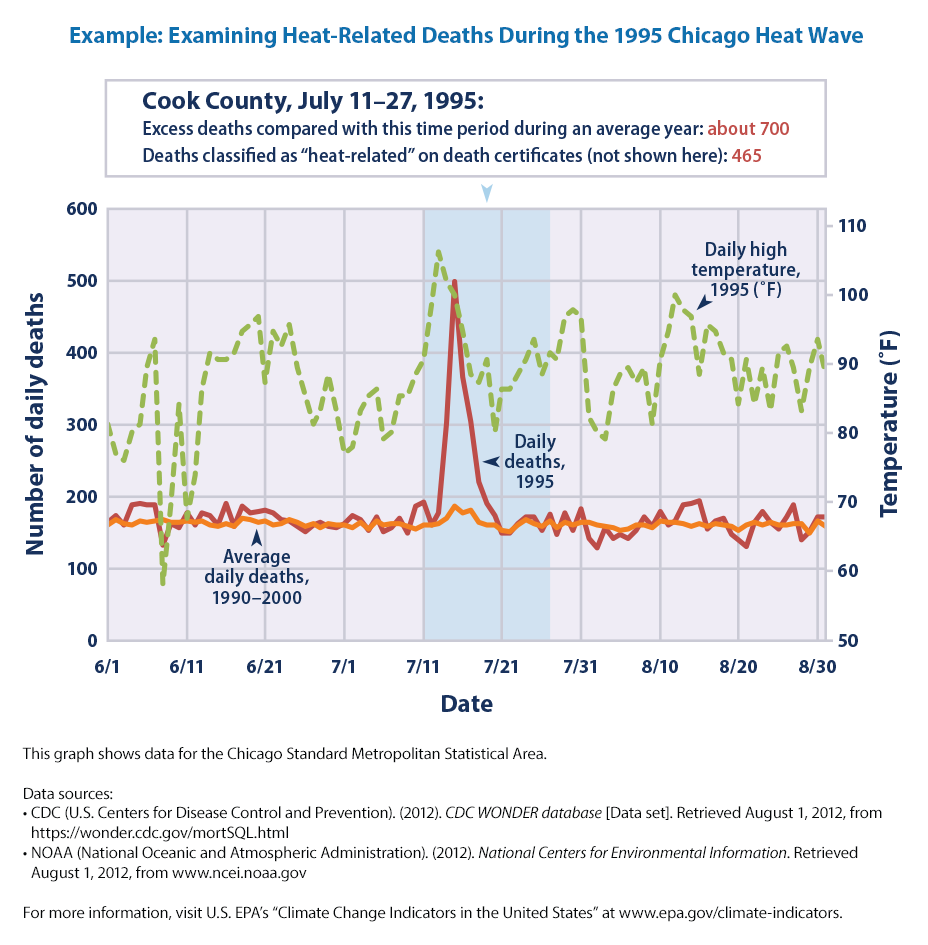Table of Contents[Hide][Show]
As climate change causes temperatures to fluctuate across the globe, you might be wondering: Which Kills More People: Extreme Heat or Extreme Cold? Is it the scorching heatwaves that make headlines each summer, or the bone-chilling cold snaps that descend during winter months? Here are some surprising facts about heat deaths vs cold deaths.
The Battle of the Extremes
When it comes to determining how many people die from cold or heat each year, the answer isn’t as straightforward as you might think. In fact, two major U.S. government agencies – the National Oceanic and Atmospheric Administration (NOAA) and the Centers for Disease Control and Prevention (CDC) – present conflicting data on whether humans survive better in cold or heat.
NOAA’s Perspective: Heat as the Prime Culprit

According to NOAA’s Storm Data, heat-related deaths significantly outnumber cold-related fatalities. Over a 30-year period from 1988 to 2017, NOAA reported an average of 134 heat-related deaths per year, compared to just 30 cold-related deaths annually. This data suggests that extreme heat is more than four times deadlier than extreme cold.
CDC’s Counterpoint: Cold as the Silent Killer

In contrast, the CDC’s National Center for Health Statistics paints a different picture. Their data, based on death certificates, indicates that “excessive cold” conditions claim about twice as many lives as “excessive heat” each year. A 2014 CDC study estimated approximately 1,300 annual deaths from extreme cold exposure and 670 deaths from extreme heat between 2006 and 2010.
The Underestimation Challenge
It’s crucial to note that both sets of figures likely underestimate the true impact of extreme temperatures on mortality rates. The 2016 study “The Impacts of Climate Change on Human Health in the United States” acknowledges that direct attribution often underestimates the number of people who die from temperature extremes.
For instance, during the infamous 1995 Chicago heat wave, only 465 death certificates listed heat as a contributing cause. However, excess mortality figures revealed that close to 700 people died as a result of the extreme temperatures. This discrepancy highlights the challenges in accurately quantifying deaths from heat stroke and other heat-related causes.

The Seasonal Factor
When considering whether death rates are higher in the winter, it’s important to account for seasonal variations in mortality. Deaths are generally higher in winter due to factors like influenza, which aren’t directly related to cold weather. This complicates the task of isolating cold-specific fatalities.
Interestingly, research has shown that severe heat waves tend to produce significant spikes in mortality rates, while extreme cold events don’t have the same acute impact. This suggests that while cold may contribute to a higher baseline of winter deaths, heat waves can cause more dramatic and immediate increases in fatalities.
The Role of Humidity In Extreme Temperatures
It’s not just about the temperature on the thermometer. Humidity plays a crucial role in how our bodies perceive and react to heat. High humidity can make it harder for sweat to evaporate, reducing our natural cooling mechanism and increasing the risk of heat-related illnesses and extreme temperature deaths.
How Many People Die From Extreme Temperatures: A Complex Picture
Despite rising temperatures in recent decades, some studies have found that the death rate due to heat has been decreasing, thanks to human adaptation. However, climate change projections paint a concerning picture for the future.
The Fourth National Climate Assessment predicts that by 2090, changes in extreme temperatures could result in 9,300 additional premature deaths per year in 49 large U.S. cities alone, at a staggering cost of $140 billion annually. While this estimate includes a slight reduction in cold-related deaths, the overall trend points to a significant increase in heat-related mortality.
So, which kills more people: extreme heat or extreme cold? The answer isn’t that easy. While some data suggests cold claims more lives overall, heat waves appear to cause more acute spikes in death rates. What’s clear is that both extremes pose significant risks to human health and safety.
As our climate continues to change, it’s crucial that we develop strategies to protect vulnerable populations from both heat and cold extremes. This includes improving urban planning, enhancing early warning systems, and ensuring access to heating and cooling for those most at risk.
Whether you’re facing a scorching summer day or a frigid winter night, remember that extreme temperatures of any kind can be dangerous.
Which weather extreme is more deadly, heat or cold? #climatechange #colddeaths #healthrisks #extremetemperatures #heatdeaths Share on X










 250+ Funny Dirty Mom Jokes That Will Make Everyone Laugh (Even Mom)! (NSFW)
250+ Funny Dirty Mom Jokes That Will Make Everyone Laugh (Even Mom)! (NSFW)
Leave a Reply
You must be logged in to post a comment.